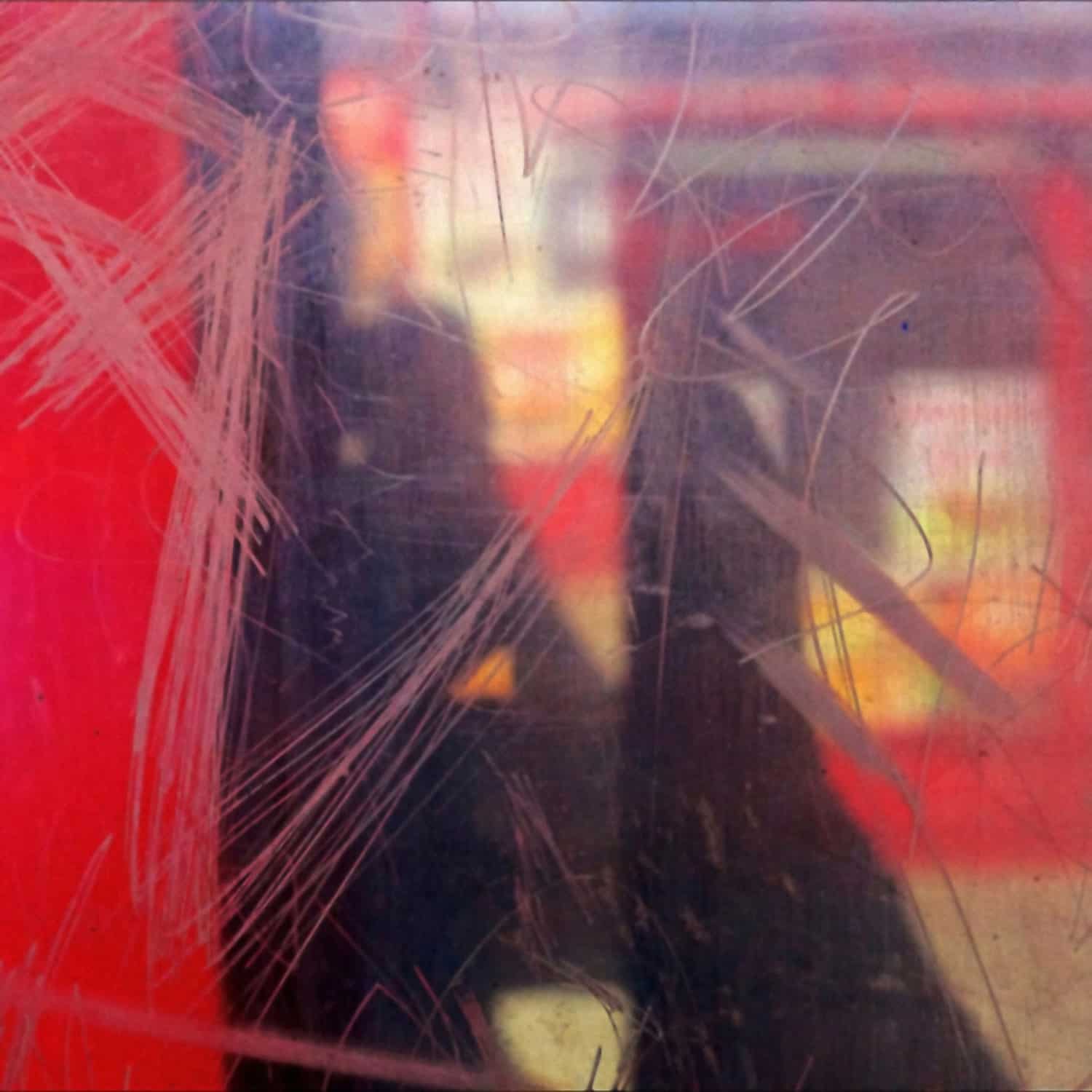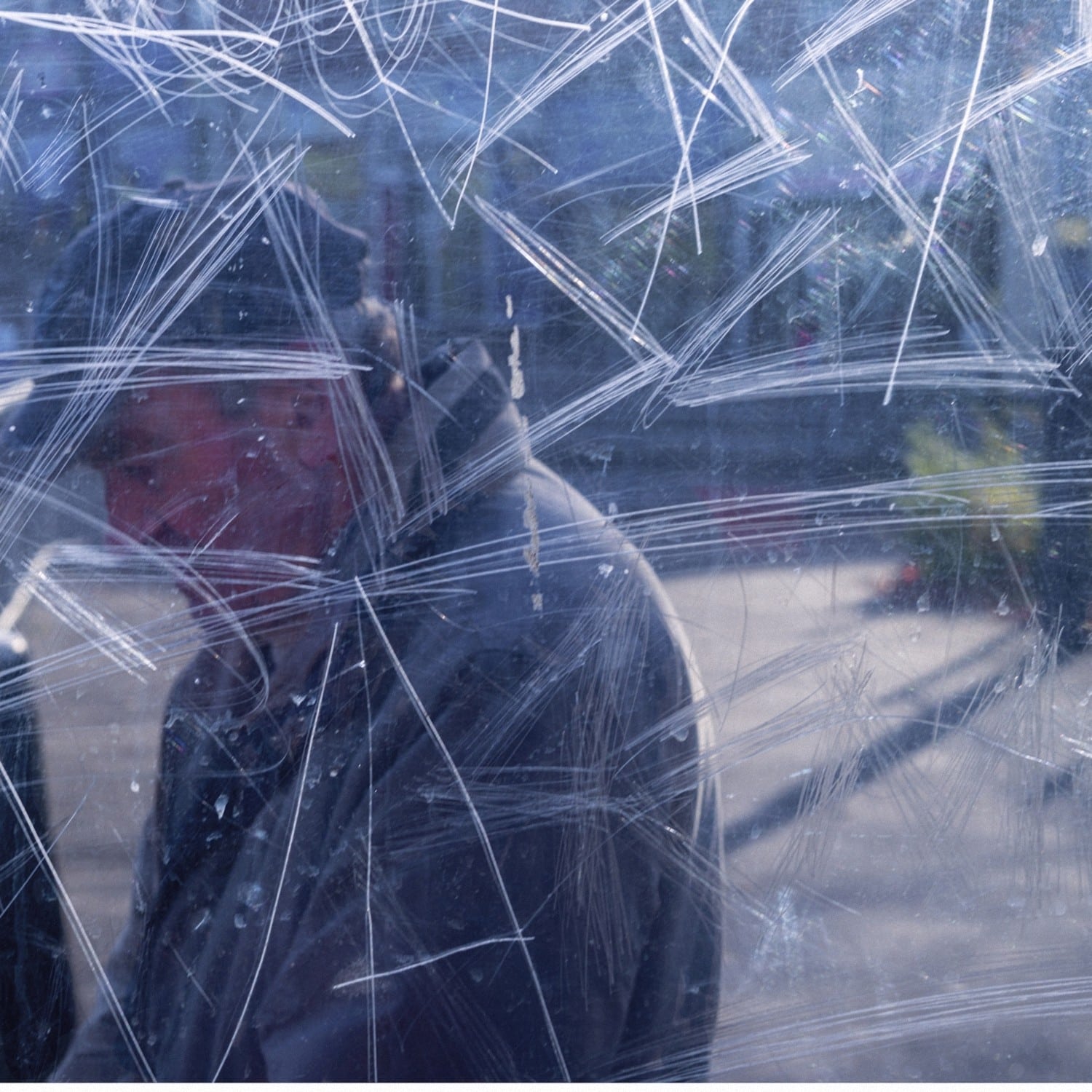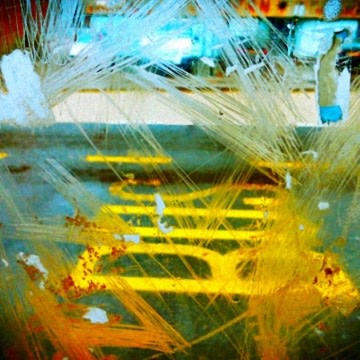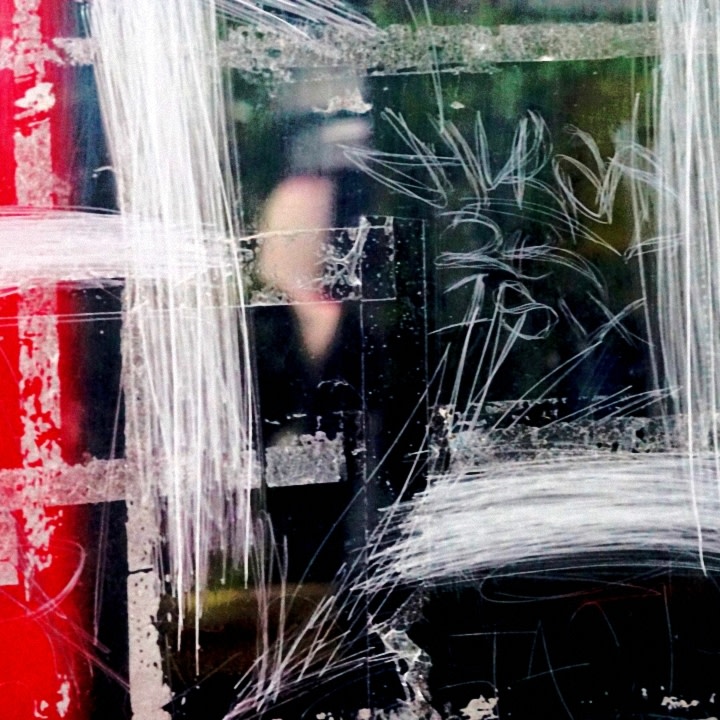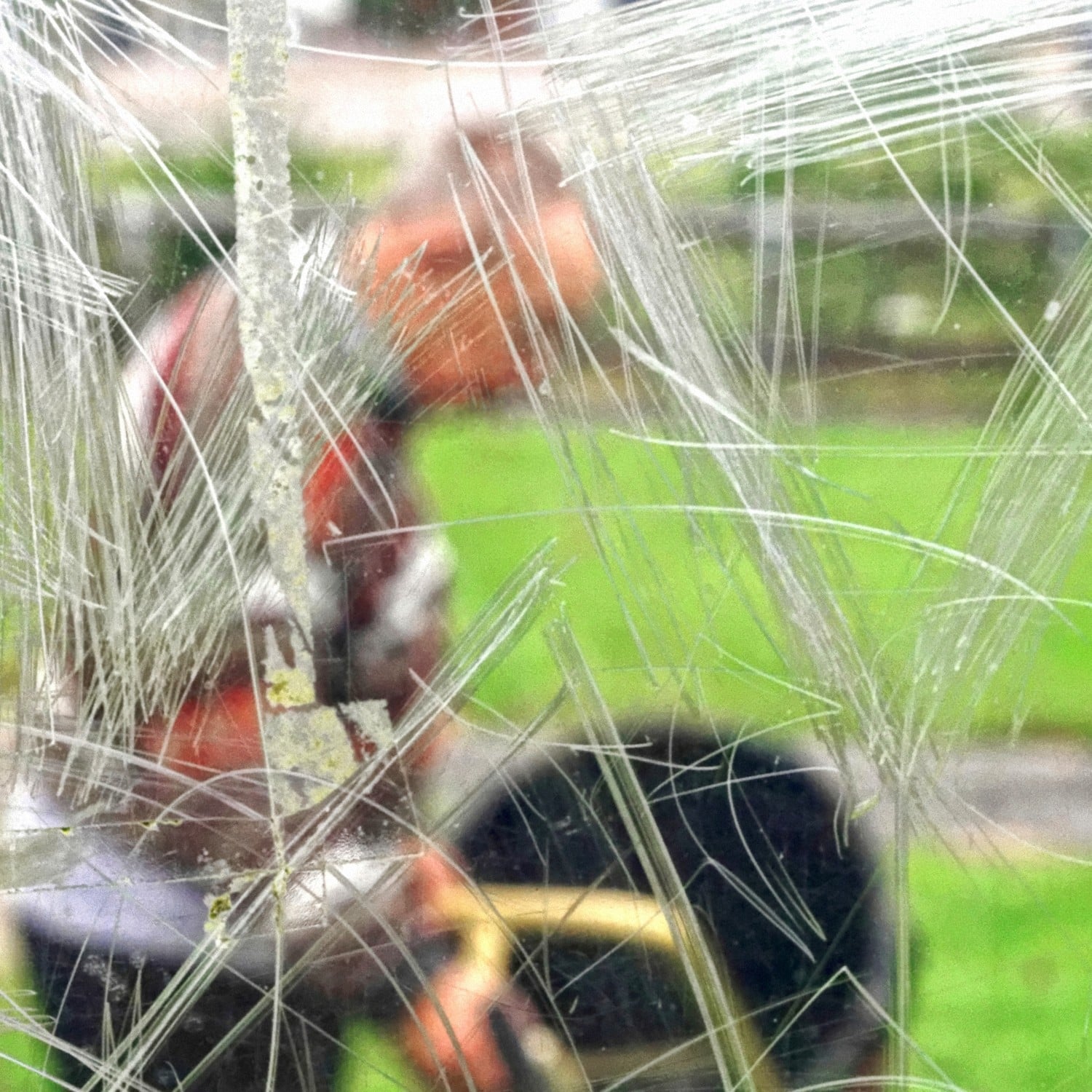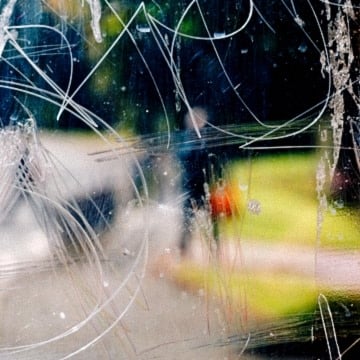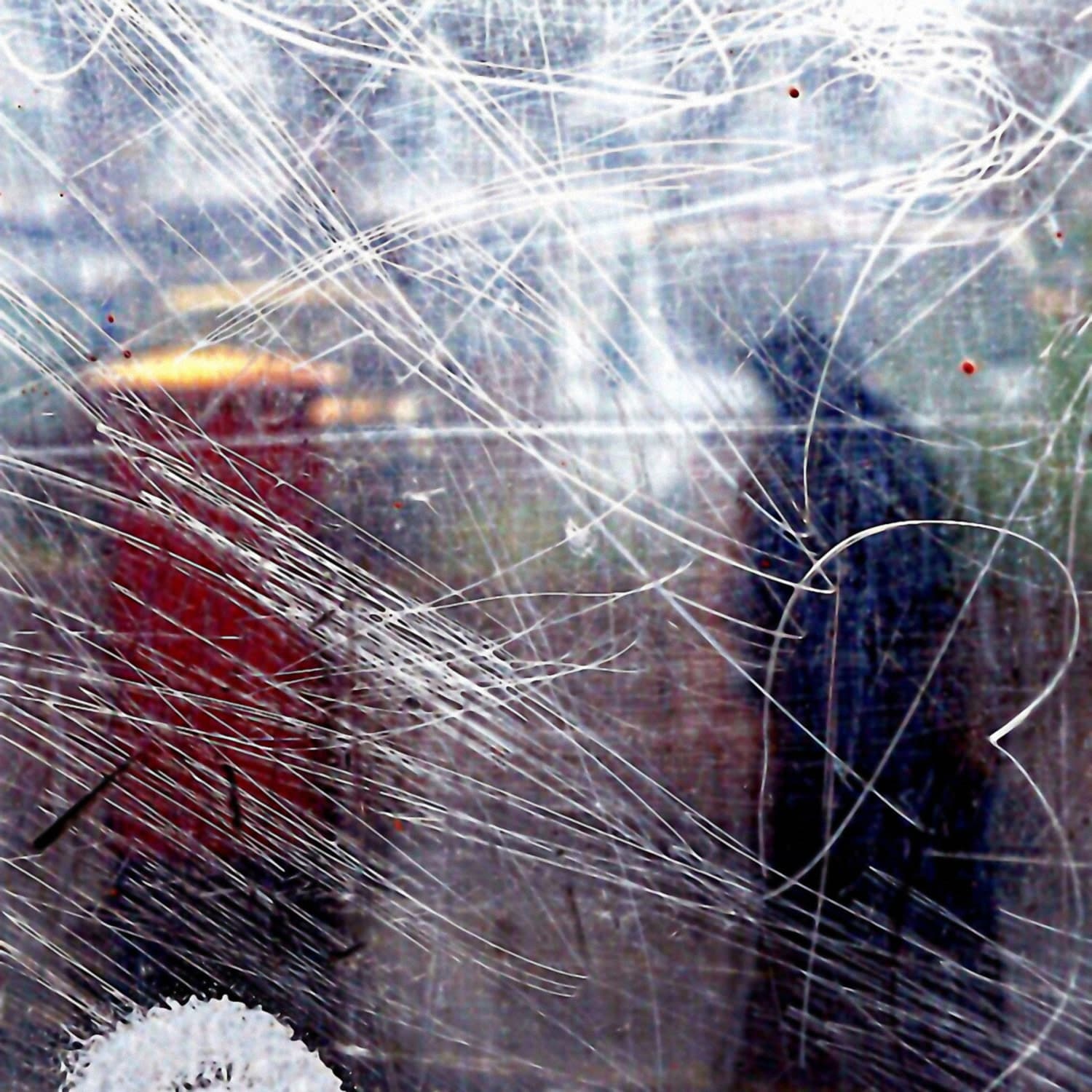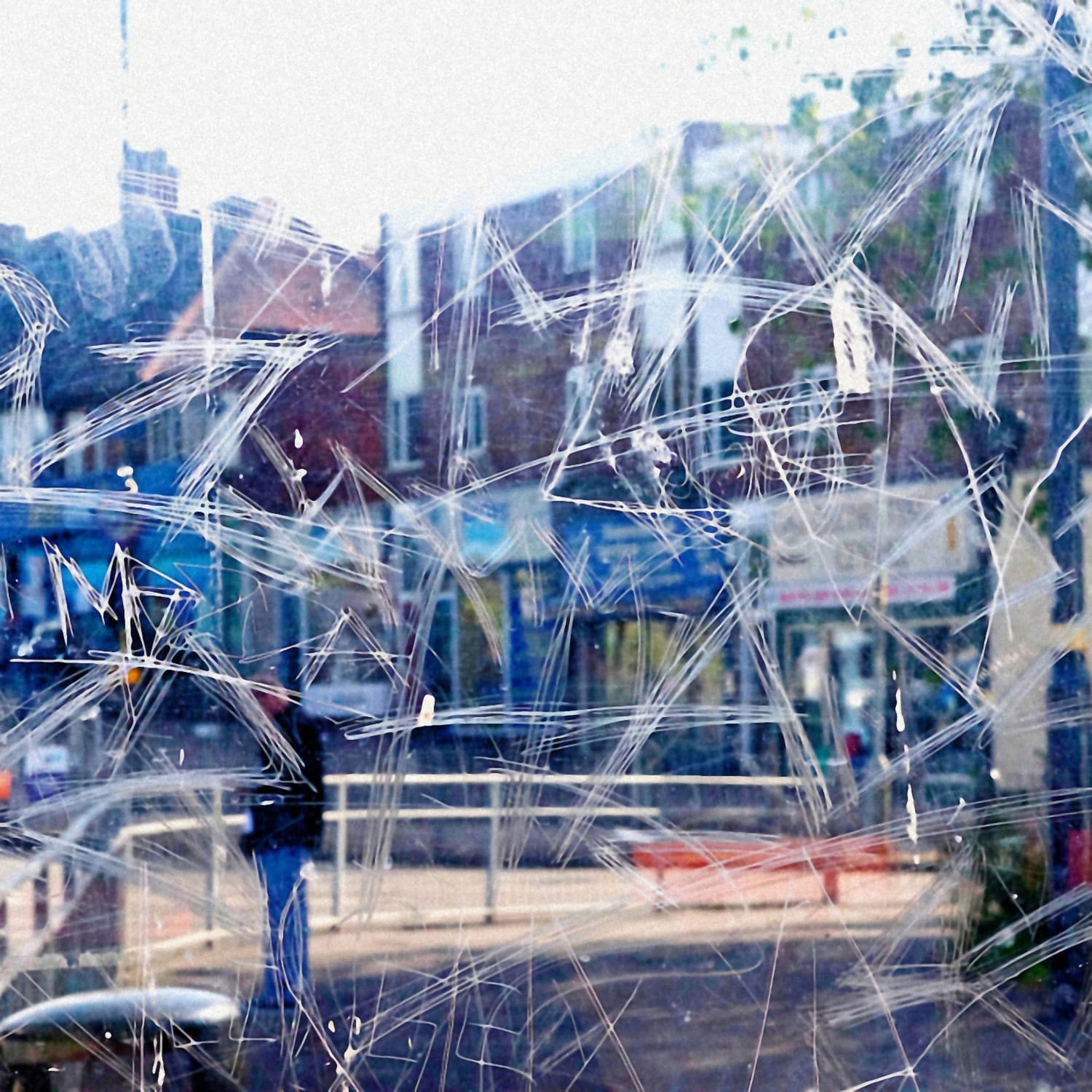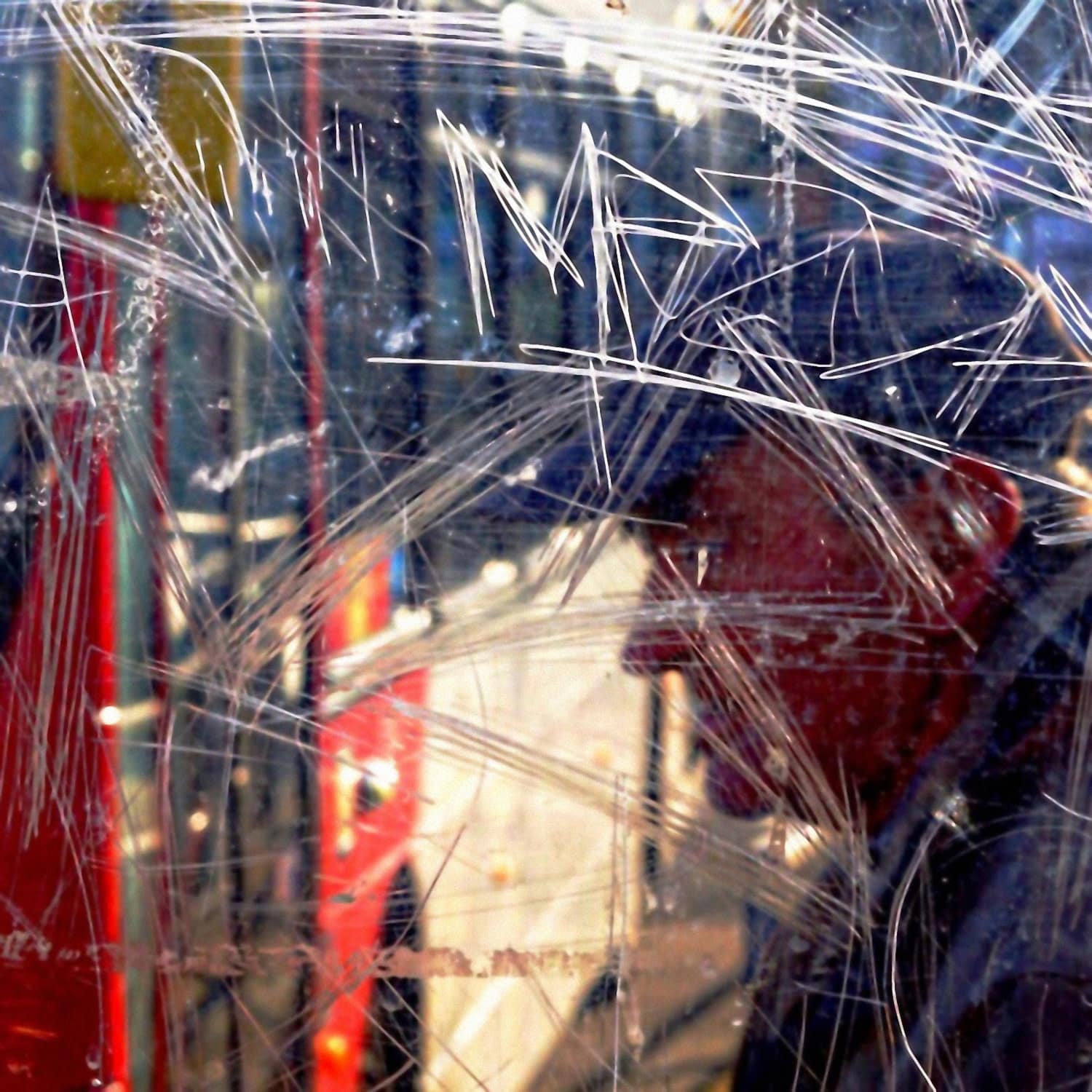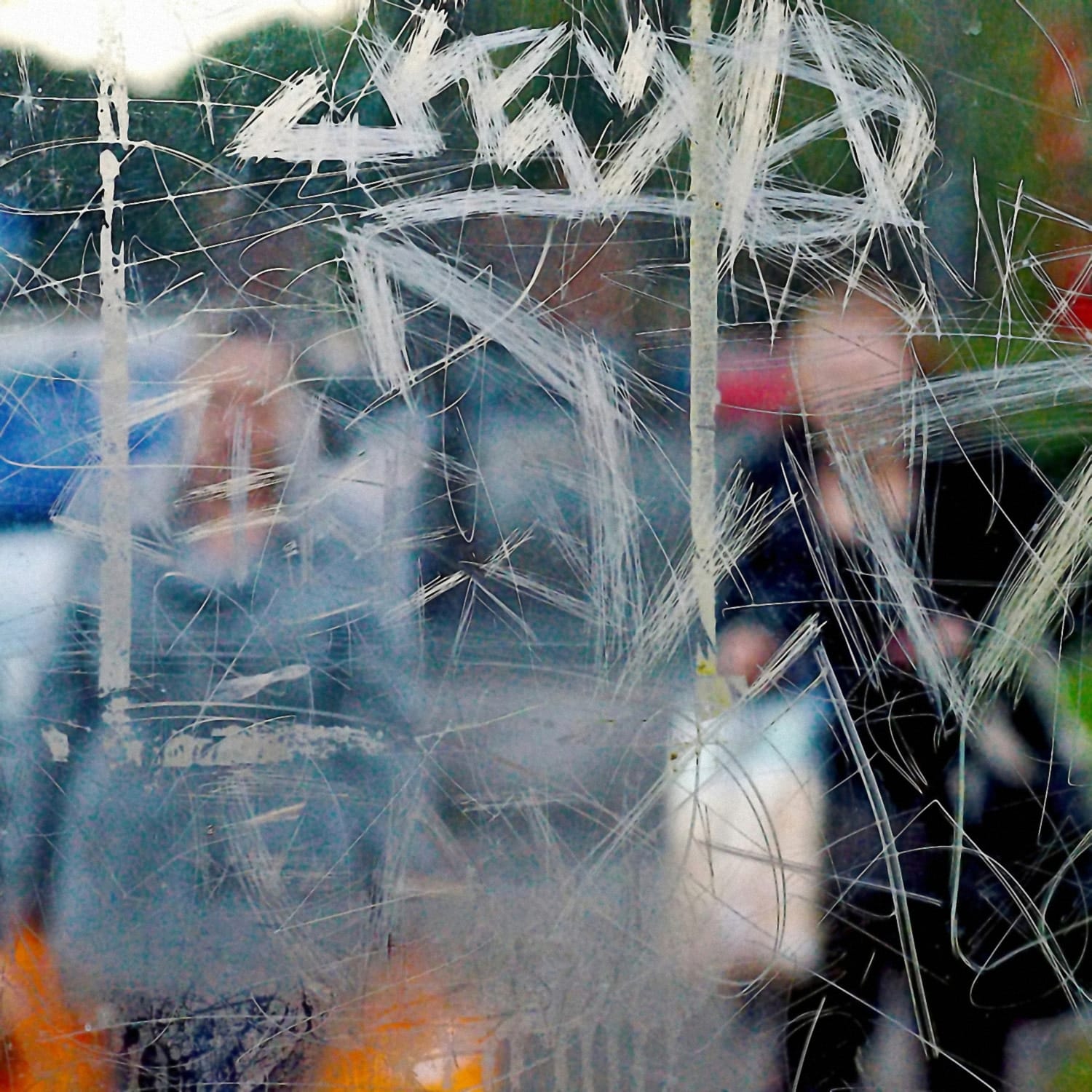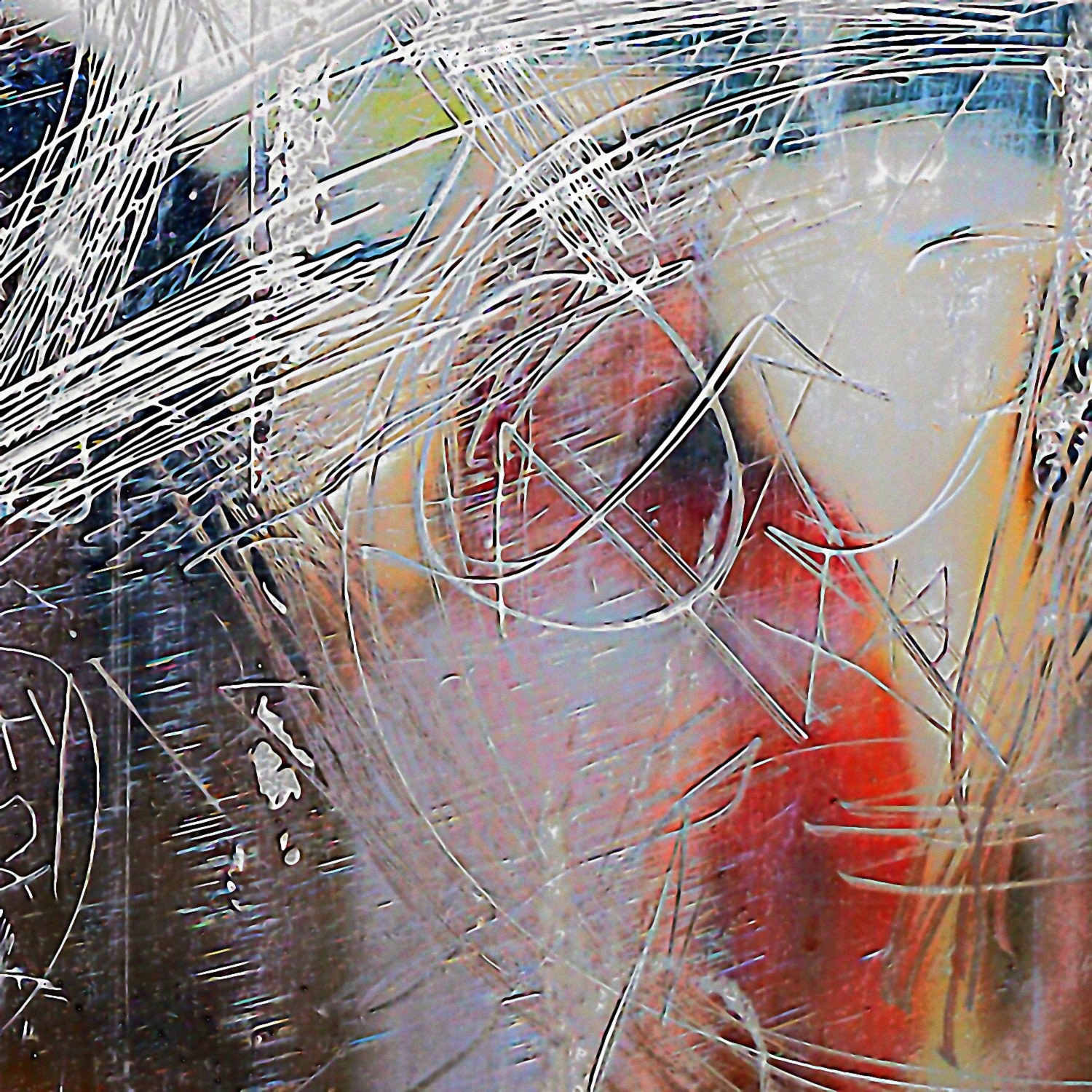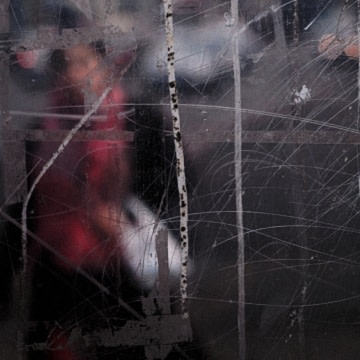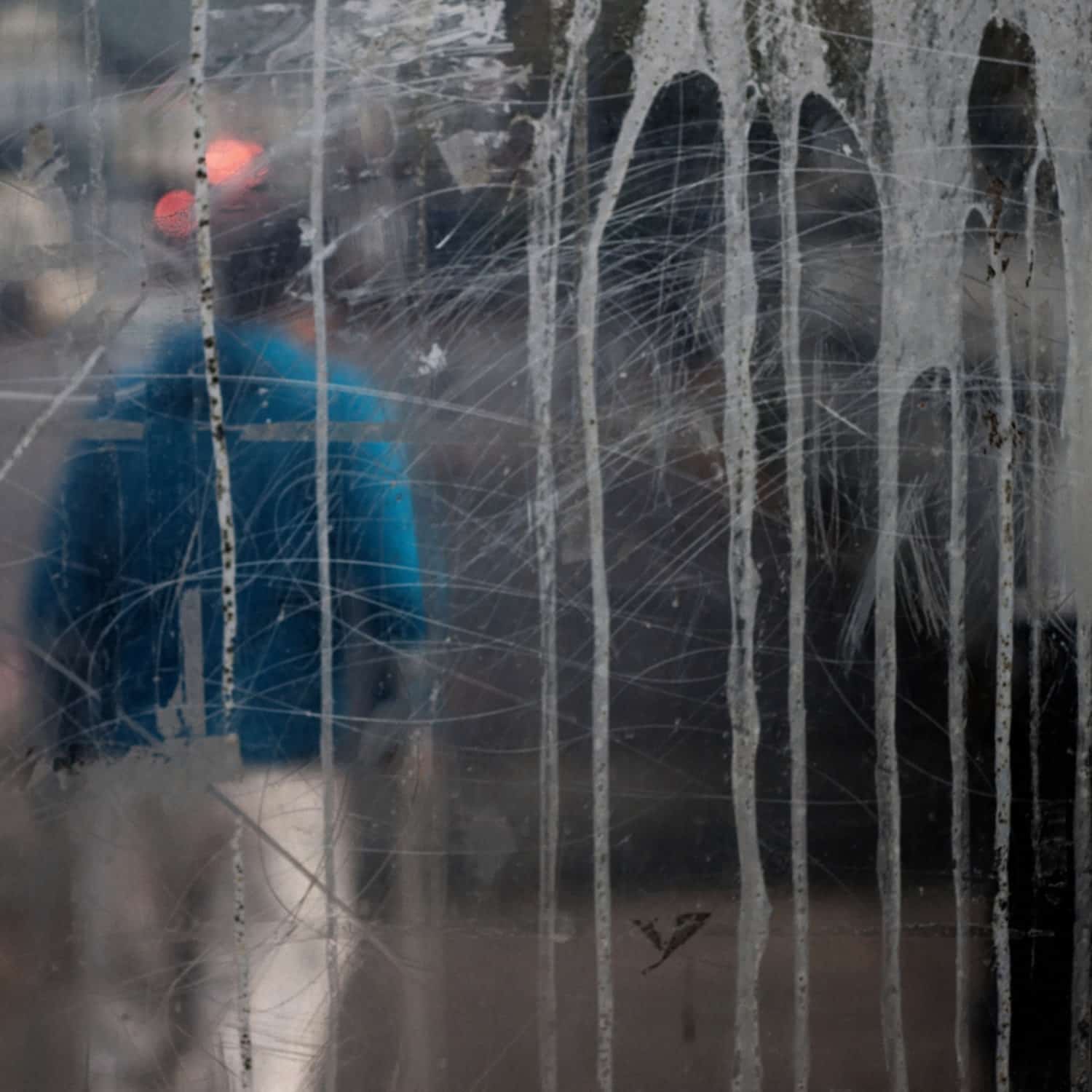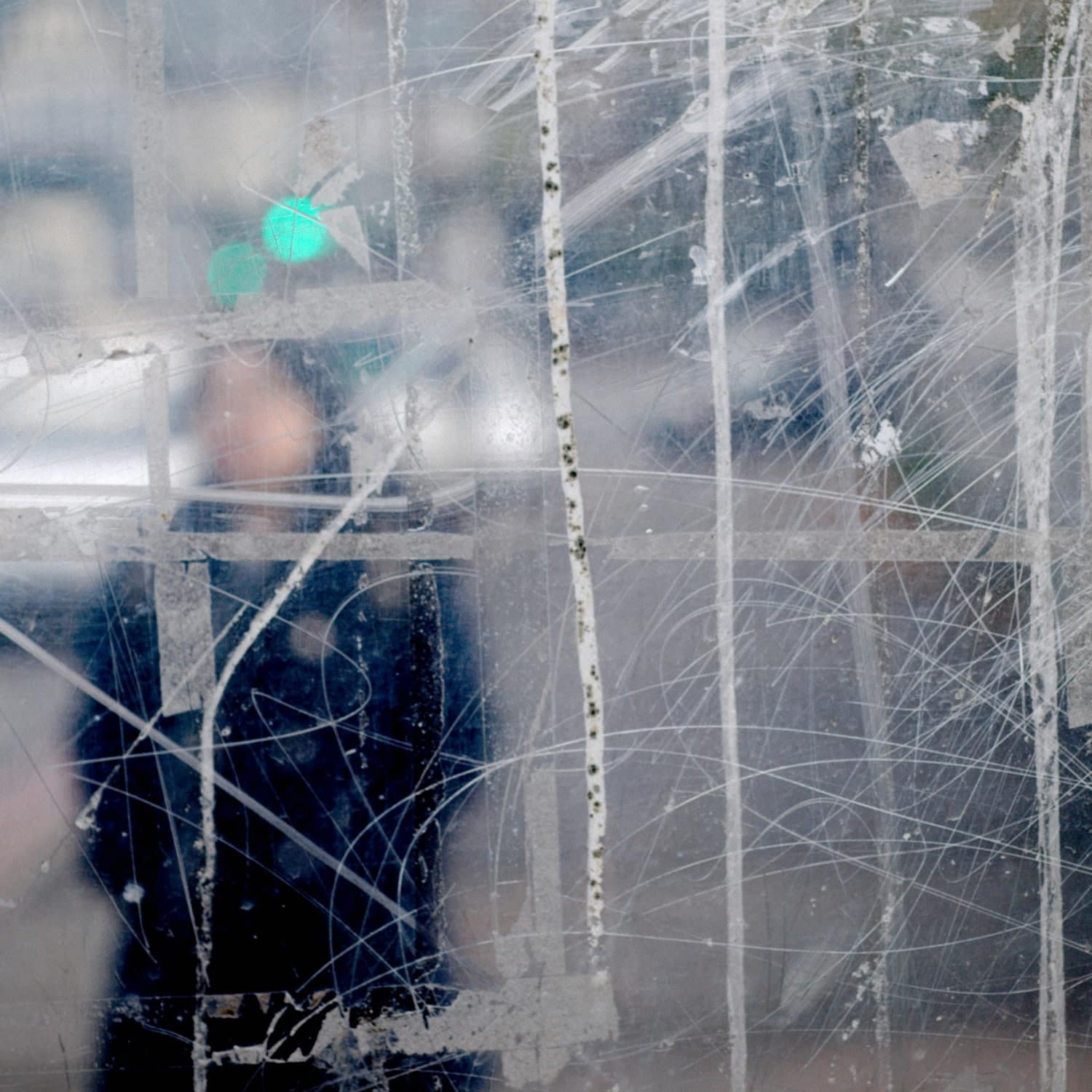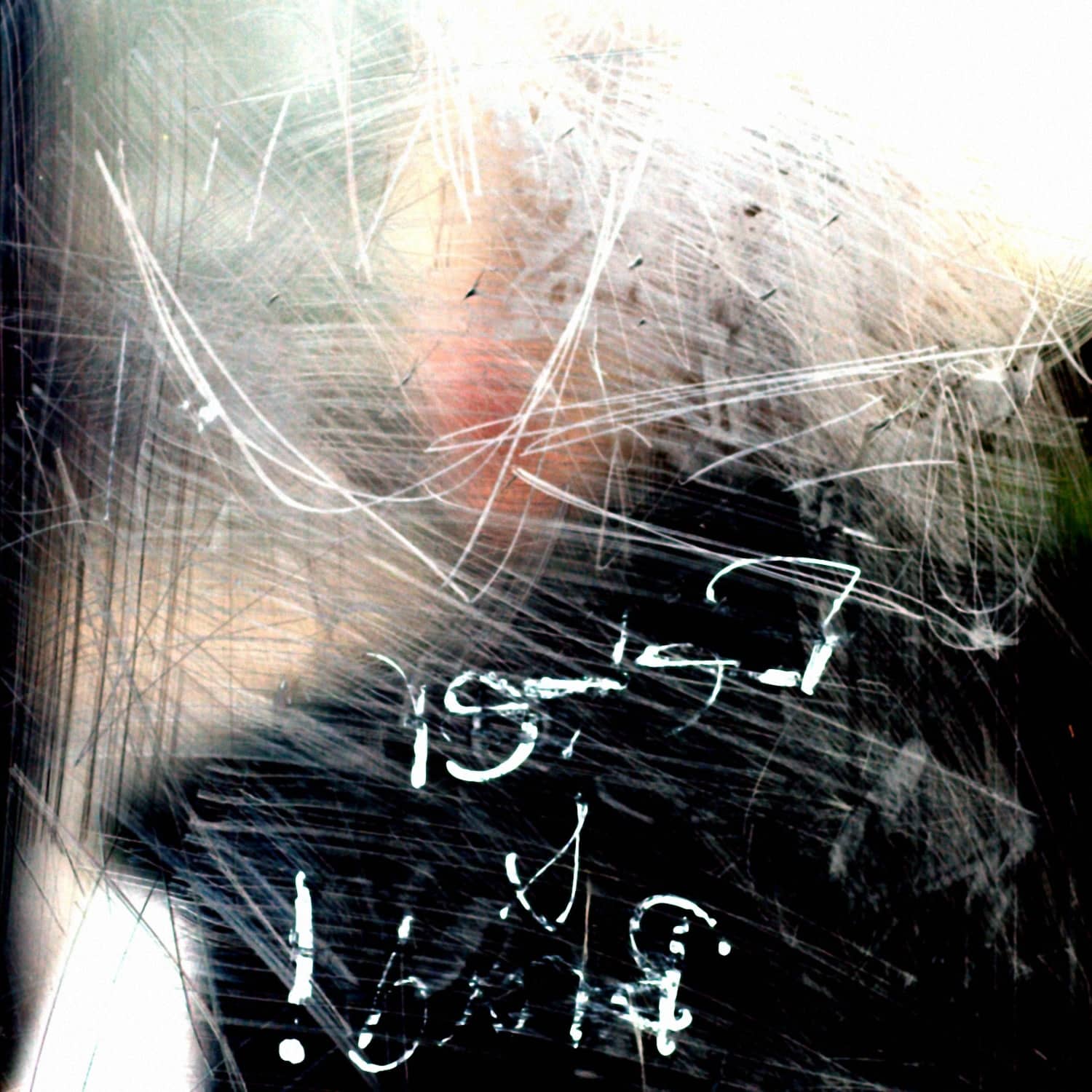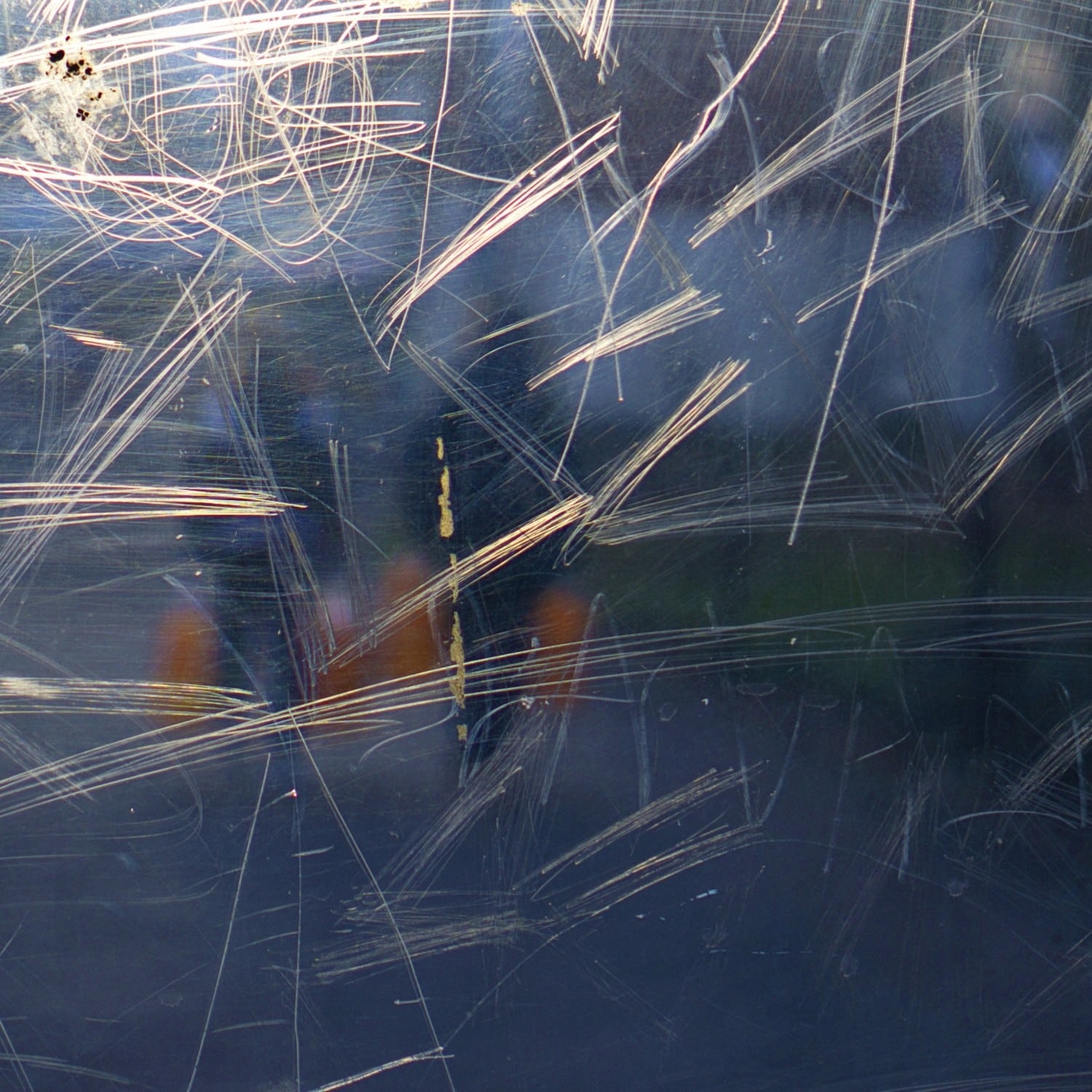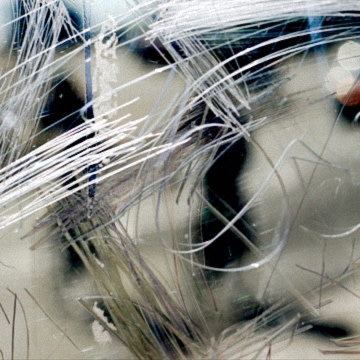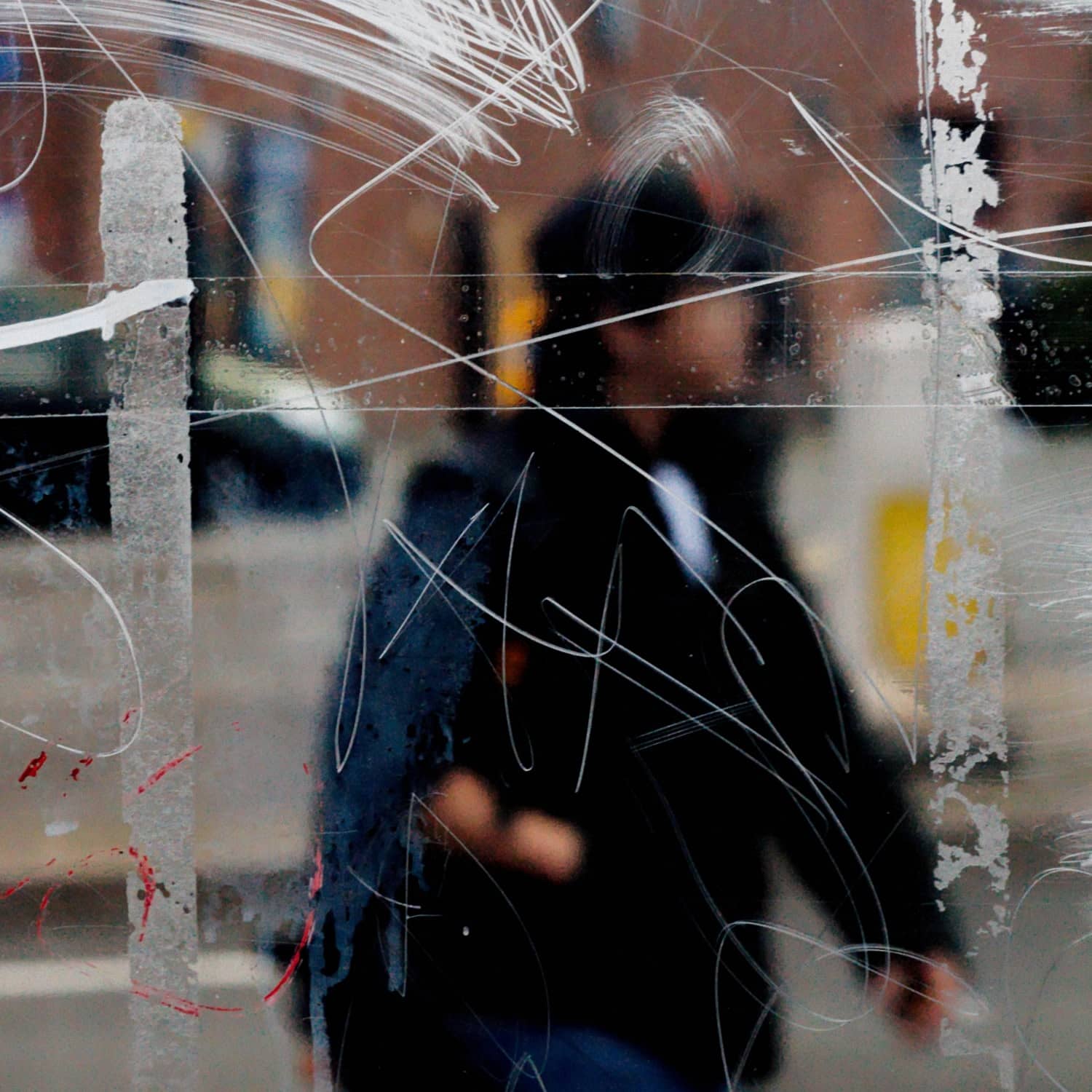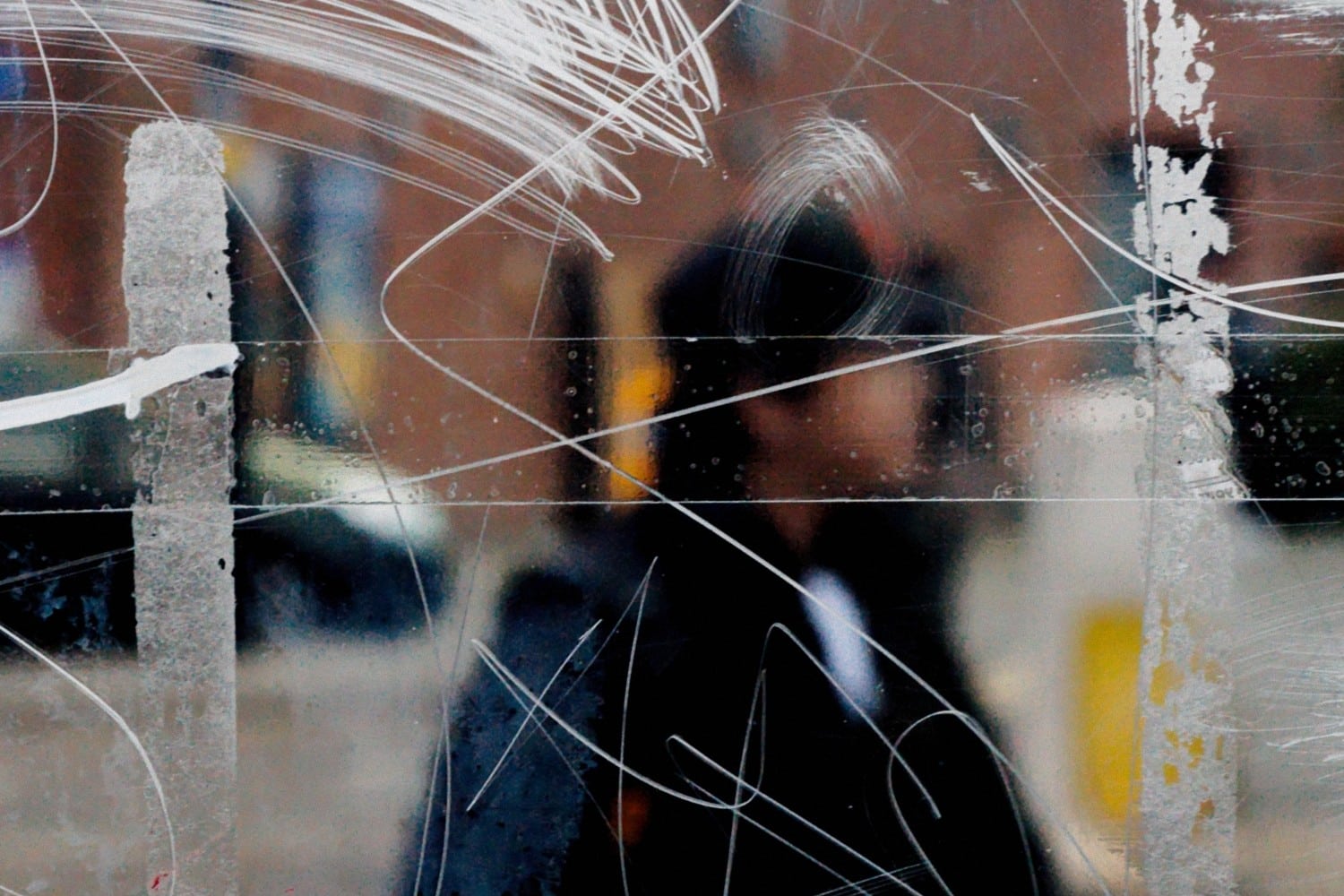Por su serie de fotografía abstracta Parada de autobús, el fotógrafo Stephen Calcutt encontró una nueva forma de documentar graffiti. En lugar de la pintura en spray, se centró en los grabados rayados que la gente hace en las marquesinas de autobús de plexiglás.
Eso no quiere decir que piense que estas marcas de arañazos tengan buen aspecto. Dice: "Los graffiti pueden ser un gran arte, sin embargo, para mí, los graffiti grabados, garabateados y rayados en las ventanas de plexiglás de la parada de autobús me parecen una violación. Como un pinchazo en el ojo, o el deterioro de la visión por la edad o la enfermedad. Aún no he visto ninguno de estos grabados que se vea bien por sí mismo. También siento que todo el potencial de una ventana como barrera clara entre tú y los elementos se ve comprometido cuando la vista más allá queda oscurecida, distorsionada y borrosa por los arañazos.
"Mi singular forma de fotografía callejera es consecuencia de mi frecuentación de las paradas de autobús y marquesinas de todo el Ciudad de Birminghamexplica. "Fijo mi cámara en las líneas grabadas y generalmente desenfoco la vista. Es en los procesos posteriores cuando realzo la imagen fusionando el grafiti y la vista que hay más allá. Algunos son más abstractos que otros, y a primera vista parecen pinturas. Me encanta la forma en que son casi antifotos, resuenan con mi pasado compromiso con la cultura punk. Hay mucha energía en estas fotos. Invocan la frustración, la belleza, el amor, el dolor y la ira. Tengo que dejarme llevar de alguna manera al verlas. Necesito dejar que sean lo que son para disfrutarlas plenamente".
El resultado es una serie desorientadora que evoca la inquieta sensación de esperar el autobús y el impulso de ser destructivo. Las fotos de Calcutt también plantean cuestiones sobre la forma en que los individuos existen en el espacio público, destacando el modo en que el graffiti -y la forma en que lo vemos- puede influir en nuestra percepción del mundo que nos rodea.
Puedes ver más fotografías de Stephen Calcutt en su portafolio.
